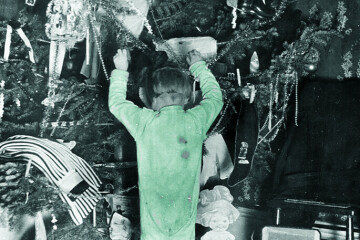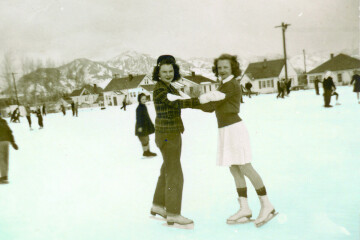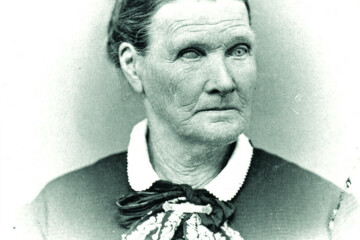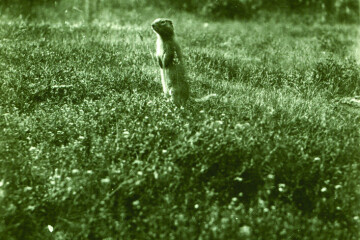A Brief History of Kirk Hill
Nature Trails For the Self-Instruction of Interested Persons
Most Bozeman residents are familiar with the expression “Bozeman’s backyard,” which is used to describe the numerous national forest lands, trails, rivers, state parks, and other outdoor recreation opportunities within a short drive of downtown. Despite recent area growth, even those living near the city center are only a half hour away from several top-notch mountain hiking trails. One favorite is Kirk Hill, located at the curve of South 19th Avenue, five miles south of town.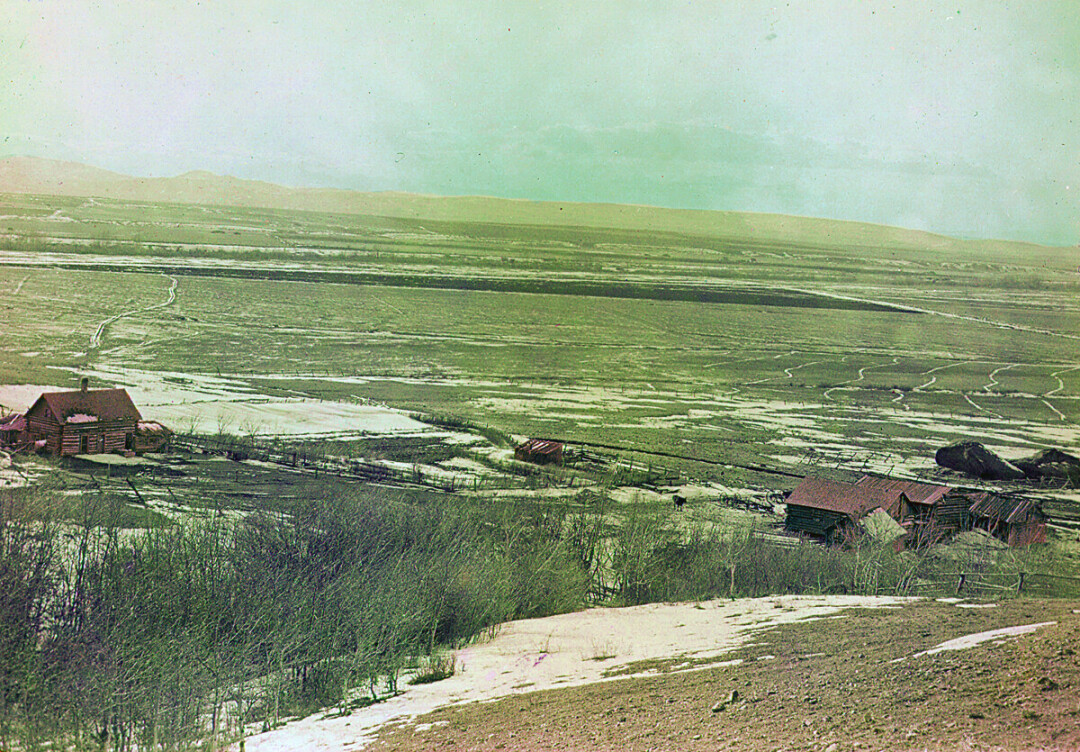
My childhood home, located several miles south of Bozeman, was about a two-minute drive from the Kirk Hill trailhead. I have fond memories of countless trips to Kirk Hill with my family during my youth. It was almost literally in our backyard. Kirk Hill was a magical place to explore as a child, with its softly babbling stream, secluded ravine, and boardwalks snaking their way through the thick, marshy aspen grove at the base of the hill. As a child, my mother also enjoyed Kirk Hill, where she spent hours riding her horse and exploring the forest near the Kirk property.
Kirk Hill’s namesake, the Kirk family, contributed enormously to Bozeman and Gallatin County history. Pennsylvanians Henry and Margaret Sample Kirk settled on a farm in Salesville (now Gallatin Gateway), Montana in the 1870s. While several of the couple’s five children remained in Pennsylvania to run the family hardware business, two of their sons, Harris and Thomas, eventually settled permanently in the Gallatin Valley along with their parents.
In 1886, Harris Kirk married Elizabeth Baker, the daughter of a neighboring farmer, and the pair soon settled down to farm and ranch on their own spread west of Salesville. In 1899, Harris Kirk completed work on a two-story stone house for his family — one of only a handful of stone buildings constructed in Gallatin County. The Harris Kirk property eventually became part of the Flying D Ranch.
Harris and Elizabeth later moved to a farm on Bozeman’s west side. This property was originally purchased by Harris’s father, Henry Kirk, in 1872. The Kirk family house, a barn, and some outbuildings still exist today on West Babcock Street and house restaurants and businesses, including Los Jarochos Mexican Food and the Feed Café. Harris and Elizabeth had five children: Grace, Cassius, Marguerite, Howard, and Eleanor. Marguerite Kirk was born November 24, 1894 and, like her brothers and sisters, grew up on the ranch near Salesville, and on the family farm near Bozeman. Marguerite would later play an essential role in an iconic local business, as well as in the formation of the Kirk Hill natural area.
After college at Montana State, a brief stint as a teacher, and the completion of library science degrees from the University of Wisconsin and Columbia University, Marguerite spent a long career as a librarian in New Jersey. She retired permanently to the Kirk family farm on West Babcock in 1960, where in her later years, she devoted herself to several philanthropic and community projects. For example, when the old 1885 wood-frame Catholic church building at North 7th Avenue and West Mendenhall Street needed to be relocated, she moved the structure to the Kirk farm on Babcock. The little white church building became the Country Bookshelf, and Marguerite and her sister Eleanor managed the bookstore in its early years, before it moved down the street to 28 W. Main. For a time, the loft of the Kirk’s red barn was known as the Loft Theatre, a place where MSU theater students could perform.
Marguerite Kirk expanded the Kirk family property in 1956, when she purchased 320 acres south of Bozeman. Marguerite’s new purchase was nestled in the northern foothills of the Gallatin Range, between Leverich and Hodgeman Canyons. A dive into homestead records reveals that two of the original landowners in this area were Marium Patterson Harris and Joseph A. McElroy.
Marium Gertrude Patterson Harris was born in 1875 in Gallatin County, the daughter of ranchers James and Eleanor Wadsworth Patterson. Marium grew up on the Patterson family farm south of Bozeman, which was located along what is today South 19th Avenue, near Goldenstein Lane and Patterson Road. In February 1904, Marium married Fountain Harris, who originally hailed from Missouri. Harris settled in Montana as a young man and worked in the cattle and sheep ranching industry the rest of his life. Marium Harris purchased forty acres of land from the government in 1908. Her property was located five miles south of Bozeman, just southeast of today’s ninety-degree curve in South 19th Avenue. Other early landowners in the vicinity included Charles Leverich and E.A. Hodgman.
Marium Harris’s forty acres adjoined a 160-acre tract directly to the west, which was homesteaded by Joseph A. McElroy in 1883. The McElroy homestead included what is today most of the trail system at Kirk Hill. By 1903, Joseph McElroy and his wife Clara had moved to Kalispell, where they lived until their deaths in 1920. Later owners of this tract of land included J.N. Ramsey, J.R. Wyatt, and Richard and Elberta Spencer. Marguerite Kirk purchased the property in the mid-1950s.
Known through the years as the Kirk Hill Recreation Area, or the Kirk Hill Natural Area, the looping trail system we enjoy today originated in the late 1960s, when several community-minded individuals worked together to preserve and share this unique spot. In 1969, Marguerite Kirk deeded forty acres of her property near South 19th Avenue to Montana State University’s Endowment and Research Foundation. According to an article in the Bozeman Daily Chronicle on January 30, 1969, Marguerite worked closely with several MSU professors on a plan for the land’s future protection and use.
Marguerite Kirk’s co-preservationists at Montana State University included Dr. W.E. Booth, Dr. Homer Metcalf, and Dr. Cliff Davis. Dr. William Booth was a botanist and taught at Montana State University for thirty years, from the early 1940s through the early 1970s. Teacher and horticulturist, Dr. Homer Metcalf was a plant expert known for his knowledge of chrysanthemums and iris. Metcalf worked closely with the Montana Federation of Garden Clubs during his career, before his retirement in 1979. Ornithologist Cliff Davis was perhaps the best well-known of the three, and instrumental in establishing the Kirk Hill nature area.
Dr. Davis was a popular figure, not just at Montana State, but around Bozeman. He grew up near Judith Gap, Montana, studied Zoology at Montana State College, and earned a master’s degree at the University of Michigan, and a PhD from Oregon State. Davis spent his entire teaching career in Bozeman, where he began in the science department at Gallatin County High School. He taught at Montana State College/Montana State University from 1946 until his retirement in 1974.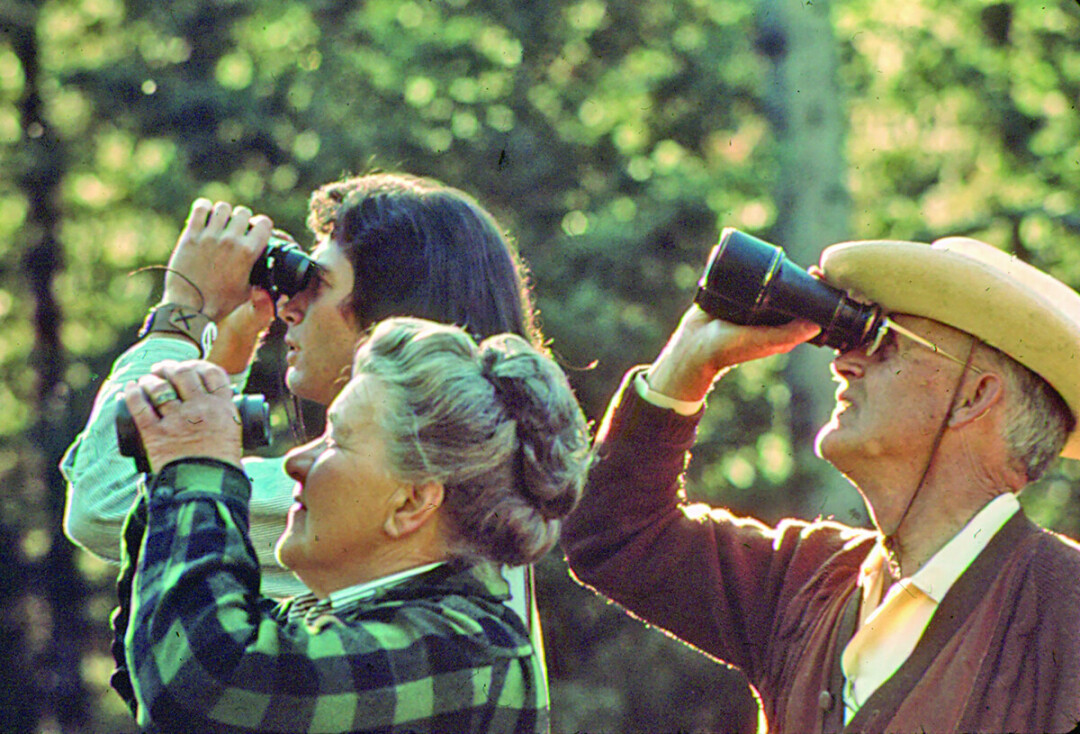
Cliff Davis’s love for birds not only made him a favored professor, but also a beloved member of the Bozeman community. Beginning in the late 1960s, Davis led the Audubon Society’s local branch — the Sacajawea Chapter. After his retirement from MSU, Dr. Davis continued to teach, leading bird enthusiasts on free guided walks around town. Cliff Davis was also a talented woodcarver; over the course of his lifetime, he hand-carved and painted more than 3,000 life-sized birds. A small collection of Cliff’s carved wooden birds, titled “The 50 Most Common Song Birds of the Bozeman Area,” are now a part of the Gallatin History Museum collection. It was his deep knowledge of and love for birds that drew Davis to his involvement in preserving Kirk Hill. The forested hillside provided excellent habitat for a variety of bird species, and Marguerite Kirk’s land donation to MSU meant that students and community members could learn about and enjoy local plants, animals, and birds.
Kirk Hill was adjacent to National Forest land, largely unaltered by humans, and was, according to Dr. Davis in a 1969 Chronicle article, “the type of area we may not have access to in the future.” The deeded forty acres included stipulations related to preservation, while at the same time providing for public access and education. The Chronicle reported the intended use as follows: “An area to develop nature trails for the self-instruction of interested persons;” “A convenient place for field classes from MSU and other schools or groups;” “An area restricted to native Montana plants, either currently growing or introduced;” “A location for an arboretum of trees and shrubs native to Montana but not currently growing here,” and “A place for studying water, snow and air relationships and as a place to study plant and animal ecology.”
Fifty years later, Kirk Hill natural area continues to inspire and educate us all, thanks to the generosity, knowledge, and foresight of people like Marguerite Kirk and Dr. Cliff Davis. History and nature continue to mingle today in this treasure locals affectionately call “Kirk Hill.”

